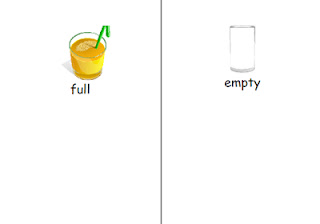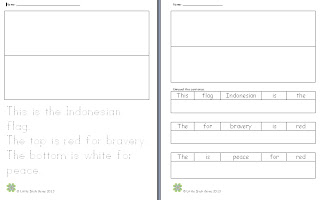Children can easily solve the problems 2 +
7 = ___. They find it more difficult to solve the following problems:
2 + _ = 9
9 = 2 + __
9 = __ + 2
The materials can also be used to complete
subtraction problems:
9 - __ = 7
7 = 9 - __
These number cards and the weighting scales
can be used to allow the children to form their own sums, to then be recorded
on the answer sheet.
I had spent 5 days working on this concept
with the children in my class using a variety of materials and there were still
a number of children who could not understand the concept. This method worked
and today, even my weakest children managed to create their own problems using
these materials. After I took these photos, I made one small change to the mats
having watched the children working with the materials. I placed an equals sign
on top of the weight scales as it helped the weaker children to visualise the
concept.
I laminated the number cards and gave each
child a box containing 2 of each number card and the operations cards. I also laminated the
mats, to ensure they last longer.


















